The content of the article
Unusual green feijoa fruits can push away a buyer unfamiliar with the berry. And if you have already encountered an exotic South American fruit, you probably have a question - how do you handle it correctly and eat it? Is it necessary to cleanse the fruit, eat raw or cook? How to choose a ripe feijoa, how to serve it and with what products to combine - we tell in more detail.
How to choose ripe feijoa
In order not to spoil the impression of a berry and get the maximum benefit from the product, you need to choose sweet ripe fruits and process them correctly. We will give some recommendations on how to determine the ripeness of the fruit, and how to store them at home.
Feijoa is a sensitive fruit that grows in the southern regions. It ripens quite quickly and begins to crumble to the ground, and it is collected in this way. Therefore, when choosing a feijoa, you need to be careful: the fruit should not have bruises and darkened places, otherwise the fruit has already begun to deteriorate and it is not worth choosing such feijoa.
Good berries, ready to eat, have a bright green color, are already a little soft to the touch, but rather dense. Wrinkles are allowed on the skin. Inside, such berries will have a transparent flesh with seeds, sweet and sour taste and very aromatic. Some compare the taste of feijoa with strawberries or kiwi, for some this fruit is associated with pineapple or other exotic fruits. Ripe berries are not as tart as unripe fruits. If the flesh inside is still white and has an astringent taste, the fruit must still lie down.
When the berries have a very pliable pulp, they are easily deformed when squeezed, the skin is very wrinkled, and the inner juice has turned brown - feijoa has already run out, you should not choose such berries in the store.
How to keep feijoa fresh
Keep feijoa in the refrigerator in a "breathing" container for no more than 7-10 days. It is undesirable to freeze the fruit. "Green" fruits are allowed to reach at room temperature for 2-3 days, and then cleaned in the refrigerator. A large number of feijoa can be saved from wilting by pouring sugar puree into sugar, and store such a workpiece in a refrigerator in a glass dish.
How to serve feijoa

Berries must be washed before use. The fruit has a very aromatic sweet and sour flesh, so it tastes good on its own. The fruits are eaten raw; after the feijoa are cooked, they lose their unusual taste and properties. Drying the fruit also will not work - the seeds from the core will crumble if I cut the fruit into slices.
You can serve berries in the form of dessert, cut in half together with the peel. Then the pulp is scraped out with a spoon. In extreme cases, you can cut a “hat” and suck out the flesh, but this is not customary at the table.If feijoa is served in a salad, then it is cut into cubes or half rings along with the peel. It is rich in vitamins and minerals and no less useful than the liquid part of the fruit.
The feijoa fruit looks like a tomato: inside the seeds are surrounded by delicious juice, and on the edges there is a denser pulp. All this part can be eaten. However, the peel will not harm the body. It is removed only when used in delicate dishes.
Cut peels are usually not thrown away. It can be dried and added as a flavoring to tea.
What feijoa is combined with
Feijoa is an amazing berry in taste. It is added both to fruit assortments, and to meat, to sweet and sour sauces, and as a filling for baking. Although it is not customary to process the berry thermally, sometimes they make a “living” jam from it, pouring sugar. In this case, the pulp is ground together with the peel, and a proportion of 1: 1 with a sweetener is observed. Some owners take less sugar because the berry has a large supply of its own sweetness.
In feijoa fruit salads, they are combined with apples, oranges, kiwi, tropical fruits, and grapes. In the beginning, combine with nuts and sour cream or curd cream. Also, the berry gives an unusual combination with beets and carrots. In addition, it can be added to white meat, especially poultry or fish.
You can make delicious nectar from feijoa. To do this, you need to chop the berries in mashed potatoes, add a little sugar. Can be combined with other favorite fruits or spices. The fruit mass is poured with water and the drink is infused. Dilute the concentrate to taste. Such a drink will perfectly quench your thirst and complement your meal.
Useful properties of feijoa
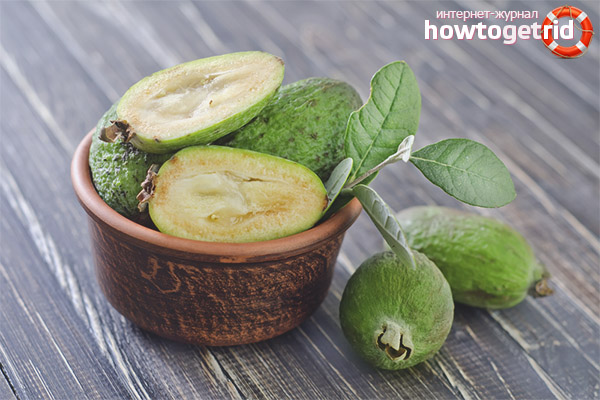
Feijoa is rich in vitamin C, iodine, potassium and other beneficial substances. Its regular eating is very beneficial for the thyroid gland and the gastrointestinal tract. Taking only 3 tablespoons of fruit pulp per day helps to strengthen the immune system, reduce blood pressure with hypertension and make up for the lack of iodine in the body. In addition, the berry improves digestion, stimulates the proper functioning of the kidneys, cleanses the body and normalizes metabolism.
Interesting fact! Feijoa iodine content exceeds its level even in seafood. Therefore, if you are looking for alternative sources of this trace element, add this exotic berry to your diet.
Contraindications
However, one should not forget that everything is useful in moderation. Do not get too carried away with "iodine therapy", an overabundance of this element can adversely affect health. Also, excessive consumption of feijoa can lead to an upset stomach. Therefore, choose a balanced diet, and do not eat more than a few berries per day.
Cautious should be people prone to rejection of exotic fruits, with kidney disease, with constipation.
To the question whether feijoa grown with us are so useful, one can answer in the affirmative. This means that the store should focus on local products that were not transported from afar, which means they were not treated with harmful chemicals. Feijoa tree can be grown in your country house or in greenhouse conditions - and then you will always have a fresh healthy crop.
Video: Feijoa Benefits

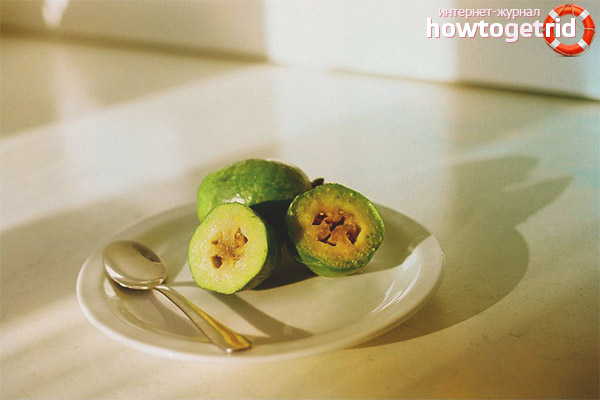

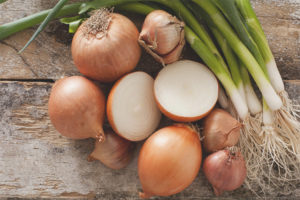
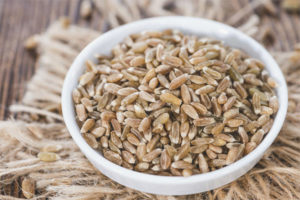
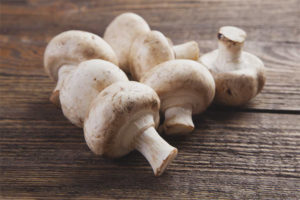
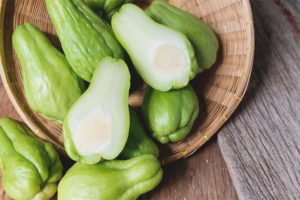
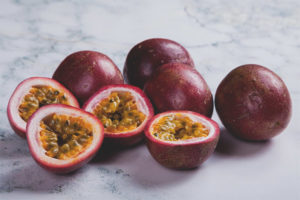
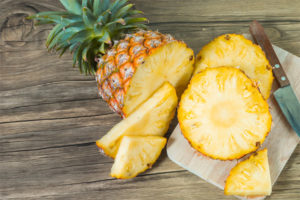
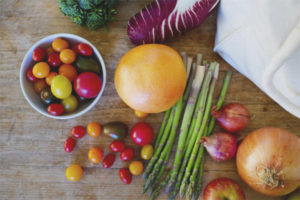
Submit